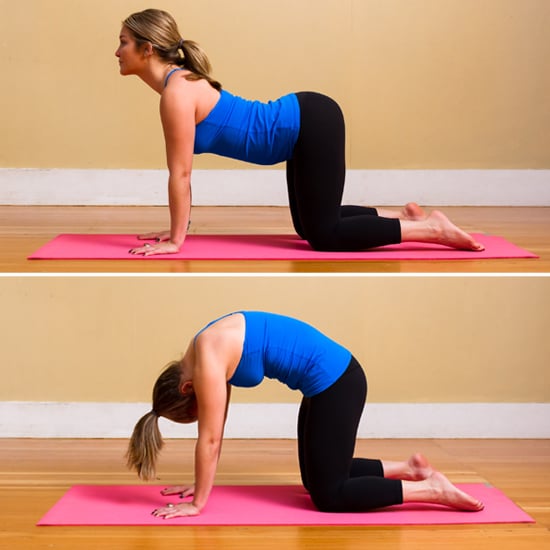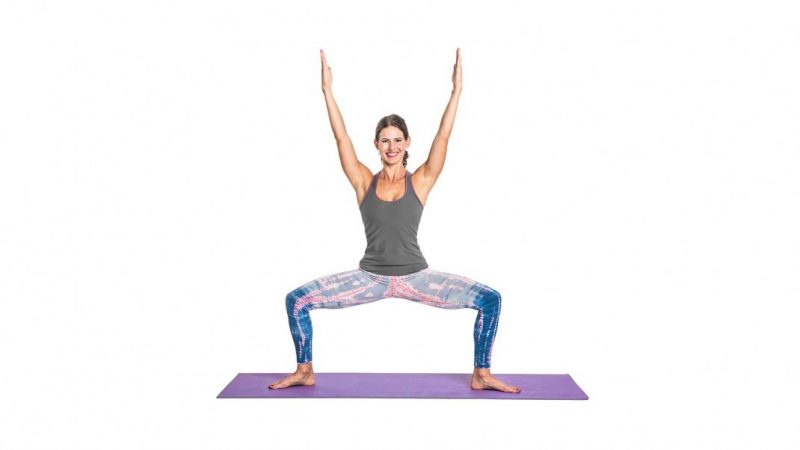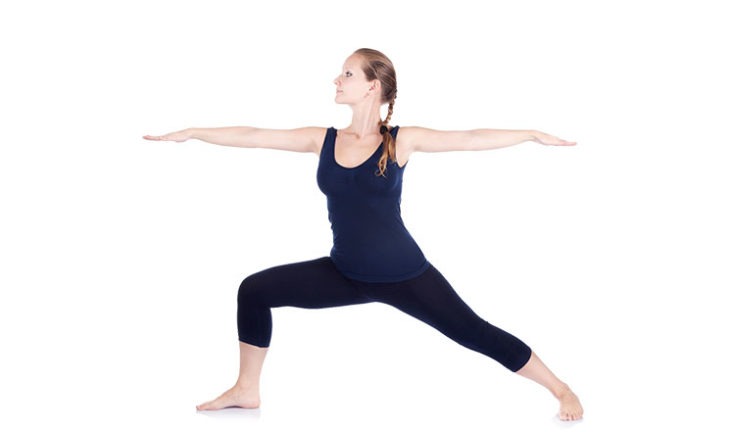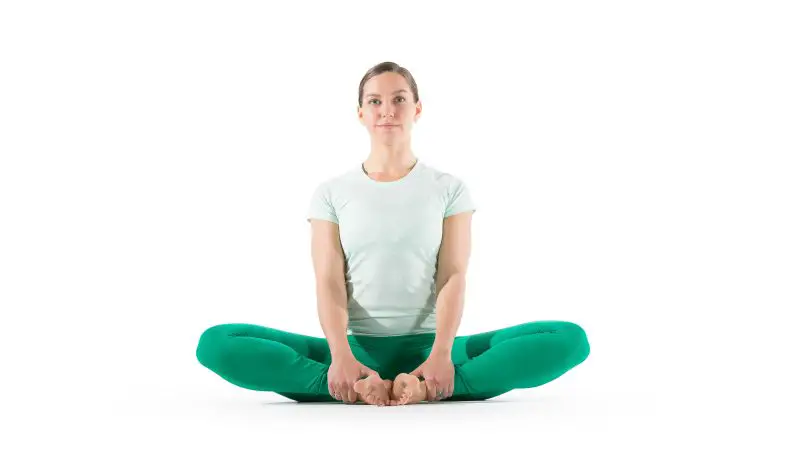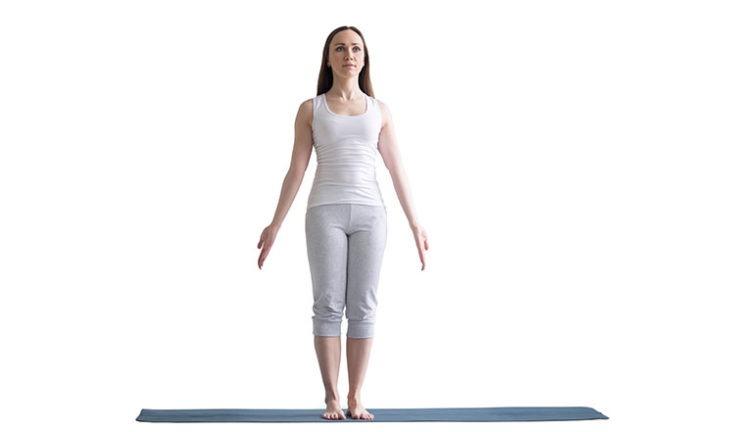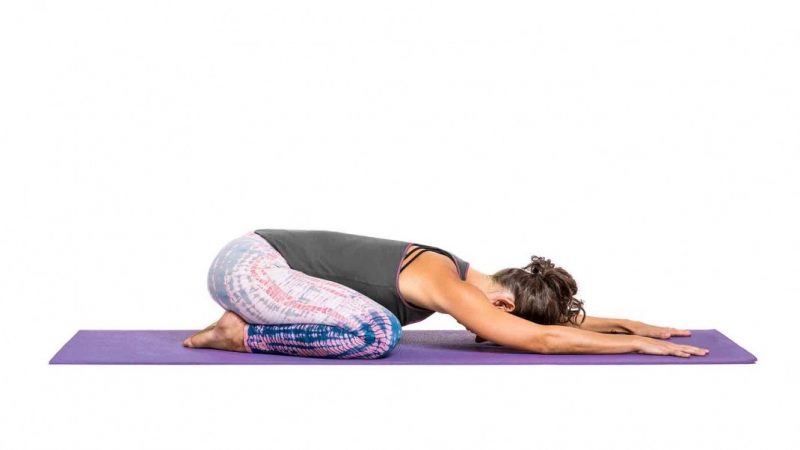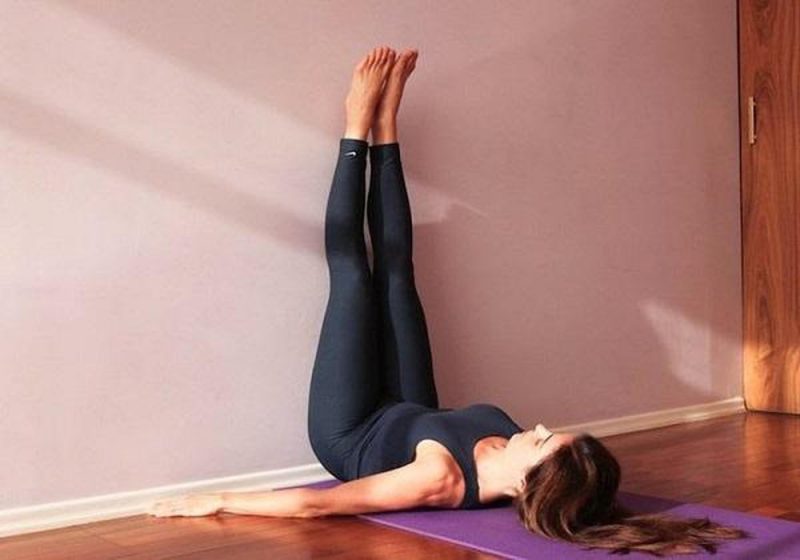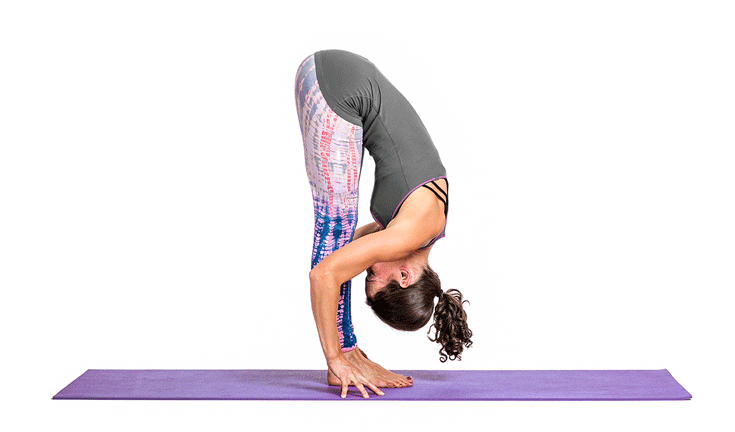By Vivek Roy
Contributing Writer for Wake Up World
Pregnancy is a beautiful journey for a woman. It leads to an entirely new phase of life called motherhood. It is a very exciting, wonderful, scary and different kind of journey. You are happy but the cramps and mood swings might make it look like a difficult task. A long list of problems during pregnancy like backaches, nausea, swollen feet, etc. makes this beautiful journey difficult. This is exactly why you should turn to prenatal yoga.
Benefits of Prenatal Yoga
Just like regular yoga prenatal yoga also helps you improve physically, mentally and emotionally. It is a very healthy habit to adopt during pregnancy. Some of its benefits are-
- It prepares you for labour and delivery. Yoga helps in increasing stamina which is essential during childbirth.
- It also helps in controlled breathing which is also very helpful during labour and childbirth
- Yoga stretches helps in reducing cramps
- It helps with nausea and makes you more relaxed and calm
- Yoga helps in having a natural birth by improving baby’s birth position. It opens up the pelvis and ligaments which makes more room for baby’s head.
- It helps in increasing the stamina of mothers and tone specific muscles which help in birthing process.
- It supports the changing body of women during pregnancy
Prenatal Yoga Poses
1. Cat and Cow Pose
This posture helps in relieving back pain particularly. It relaxes the muscles around the belly and reduces tension. It also helps in positioning of the baby in the right direction. For maximum benefits, you should breathe in while doing cow posture and breathe out during cat posture. Syncing up breaths like this brings the maximum benefit. Be cautious and don’t push yourself much. Do as per your potential and strength.
2. Goddess Pose
Also called wide-leg squat it can be done either by using support or without it. It helps in toning the lower abdomen and helps in opening up the pelvic region. It also strengthens the leg muscles and help in dealing with swollen feet as well. Covering all the essentials of birthing.
3. Virabhadrasana or Warrior Pose
Another strengthening posture that helps in toning the muscles of the lower body. It is beneficial for the entire body from back to hips and legs. It also stretches up your muscles making you feel more relaxed and calm.
4. Bound Angle Pose
This pose helps in improving sitting posture and deep breathing. It expands the ligaments around the pelvic area. Massaging your feet in this position helps in improving blood circulation. This helps with easing the strain on feet and is beneficial for those who have swollen feet. This posture coupled with deep breathing is a very beneficial posture for childbirth.
5. Tadasana or Mountain Pose
Standing with your hands up helps in stretching the muscles of the entire body especially the spinal region. It helps in relieving back pain and stretching releases tension from the muscles and makes you more relaxed. It also helps with sleeping disorders and cramps around the belly region.
6. Child Pose
One of the most relaxing postures is the child’s pose. It relaxes the muscles and improves back pain. It is also useful in all trimesters of pregnancy and helps in opening up the hips. Take breaths while doing this to increase the effects. It is used as a relaxing pose between difficult poses.
7. Legs up the Wall Pose
This is one of the most important poses. It helps with nausea and morning sickness in the first trimester. It also helps with back pain and relieving the tension off the muscles. This helps in reducing cramps in the lower abdomen as well. Covering all the major problems of pregnancy makes it so useful.
8. Standing Forward Bend
This pose helps in calming your nerves and relaxing. Moreover, it is very beneficial for those who have the problem of constipation. It helps in improving the bowel movements and improves digestion. It also aids with back pain.
9. Shavasana or Corpse Pose
This pose is used used for relaxing and resting all the muscles. It relaxes your mind and helps in better emotional control. During the first trimester, it can be done by laying on back. But after second-trimester side Shavasana is more recommended.
Prenatal Yoga Precautions
You should keep in mind certain precautions while doing yoga. Prenatal yoga is a sensitive case and should be done carefully. A proper yoga trainer is always recommended. Some of these precautions are-
- Don’t push yourself much. Hold the poses for as long as you can, depending upon your stamina.
- While doing the postures keep your muscles relaxed. If any posture stresses your muscles try improvising the position yourself
- A good 20-30 minutes is recommended but you should do it as per your capacity
- Avoid difficult poses like bow pose, side angle pose, upward facing dog, etc.
Recommended articles by Vivek Roy:
- 10 Things to Know Before Yoga Teacher Training in India
- 5 of the Most Soothing Yoga Poses to Help You Sleep Better
- 6 Yoga Poses to Increase Happiness and Decrease Stress
- Yoga Poses for Office Workers
About the author:
Vivek Roy is an enthusiastic Yoga blogger and Traveller from India. He has done 200 hours yoga teacher training in India. He loves to travel and share the knowledge of yoga around the world. For more information about him visit his website.

If you've ever found value in our articles, we'd greatly appreciate your support by purchasing Mindful Meditation Techniques for Kids - A Practical Guide for Adults to Empower Kids with the Gift of Inner Peace and Resilience for Life.
In the spirit of mindfulness, we encourage you to choose the paperback version. Delve into its pages away from screen glare and notifications, allowing yourself to fully immerse in the transformative practices within. The physical book enriches the learning process and serves as a tangible commitment to mindfulness, easily shared among family and friends.
Over the past few years, Wake Up World has faced significant online censorship, impacting our financial ability to stay online. Instead of soliciting donations, we're exploring win-win solutions with our readers to remain financially viable. Moving into book publishing, we hope to secure ongoing funds to continue our mission. With over 8,500 articles published in the past 13 years, we are committed to keeping our content free and accessible to everyone, without resorting to a paywall.


